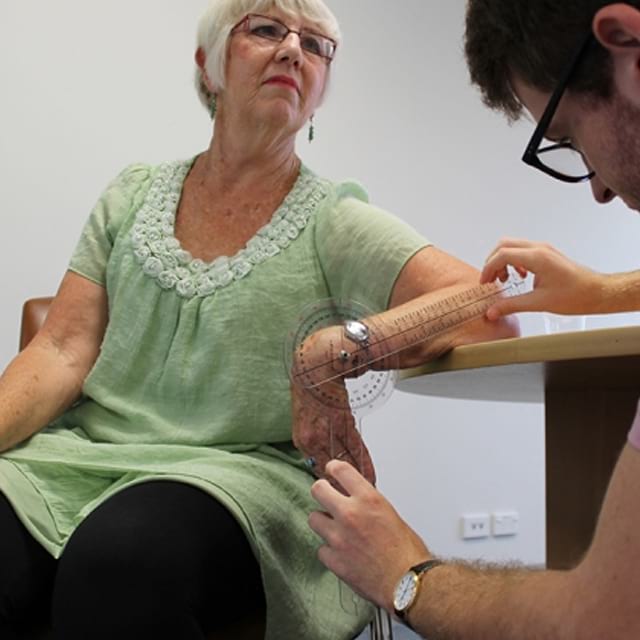The pre-tests.
A clinical trial about poi and well-being! Sounds great, but, how am I going to tell if poi has an effect on health, you ask? Well, I’m going to measure things of course! Things like balance and grip strength and coordination. I’m going to measure them before the participants learn poi (pre-tests), and after the participants learn poi (post-tests), and see if there are any differences between the two sets of data. Here is a peek at the study participants being put to the test before their poi lessons, along with a description of what each test measures and how it works.
(all test definitions were taken from the Rehabilitation Measures Database, see the end of this post for the citation)
Circle Tracing

Bimanual coordination was measured with a circle tracing task, in which participants were asked to trace circles simultaneously with both hands, while following a set of instruction. For task one, participants were asked to draw in-phase (same direction) circles while incrementally increasing in speed. This was done by attempting to complete one full circle (simultaneously with both hands) in time to a beep track. For task two, participants were asked to draw anti-phase (opposite direction) circles at a constant speed, and switch the direction of their non-dominant hand in response to an audio cue.
Sit to Stand Test

The 30 second sit to stand test assess functional lower extremity strength in older adults. Participants were asked to sit in a chair with their arms crossed, and complete as many full stands as possible within 30 seconds.
The 9 Hole Peg Test

The 9 Hole Peg test measures finger dexterity. Participants were asked to take the pegs from a container, one by one, and place them into the holes on the board, as quickly as possible. Participants must then remove the pegs from the holes, one by one, and replace them back into the container.
Hand and Pinch Grip
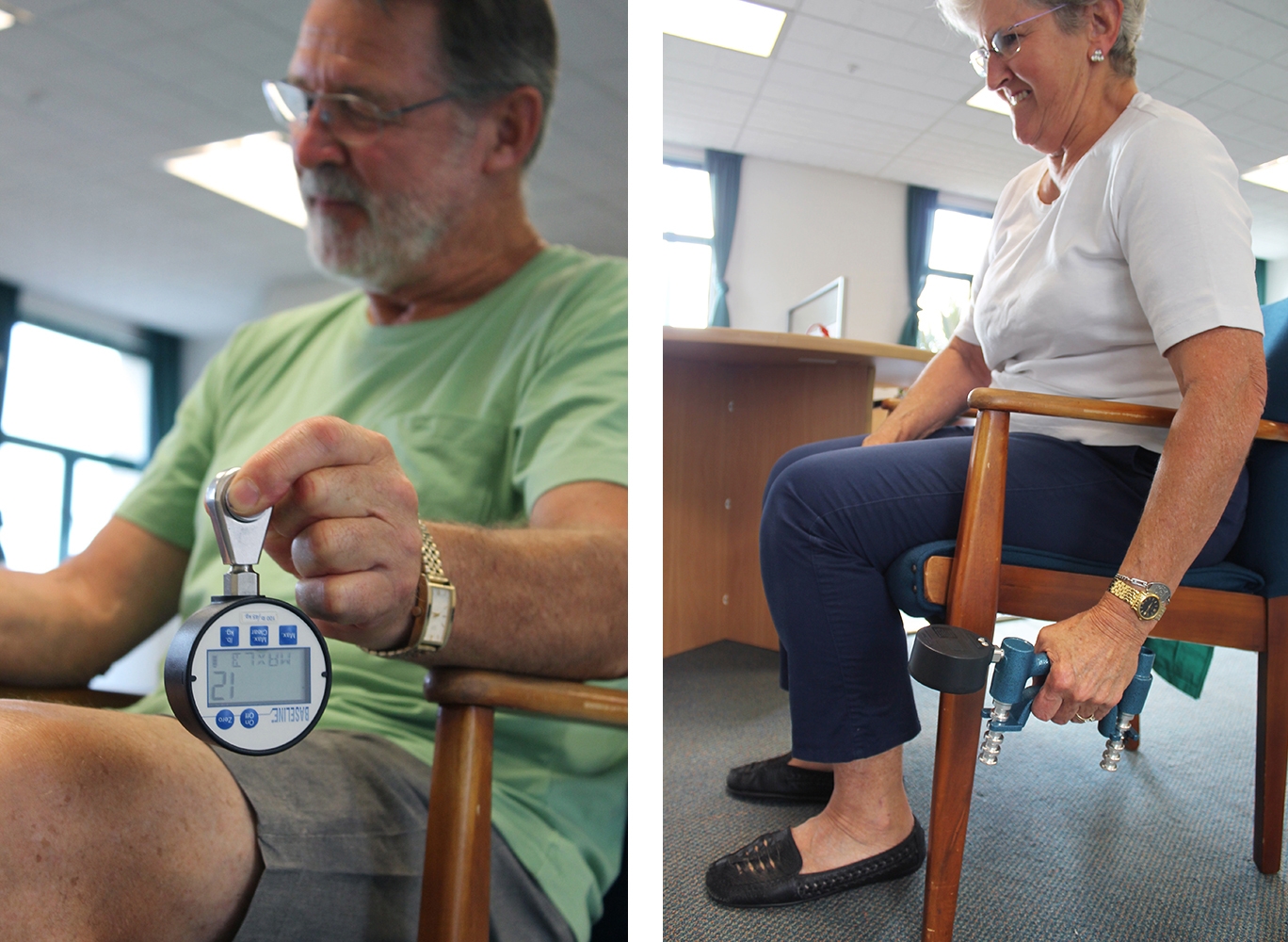
Muscular strength of the hand and forearm were measured using a handheld dynamometer. Participants were instructed to squeeze the hand grip and pinch grip dynamometer as hard as they could for 3 seconds.
Timed Get Up and Go
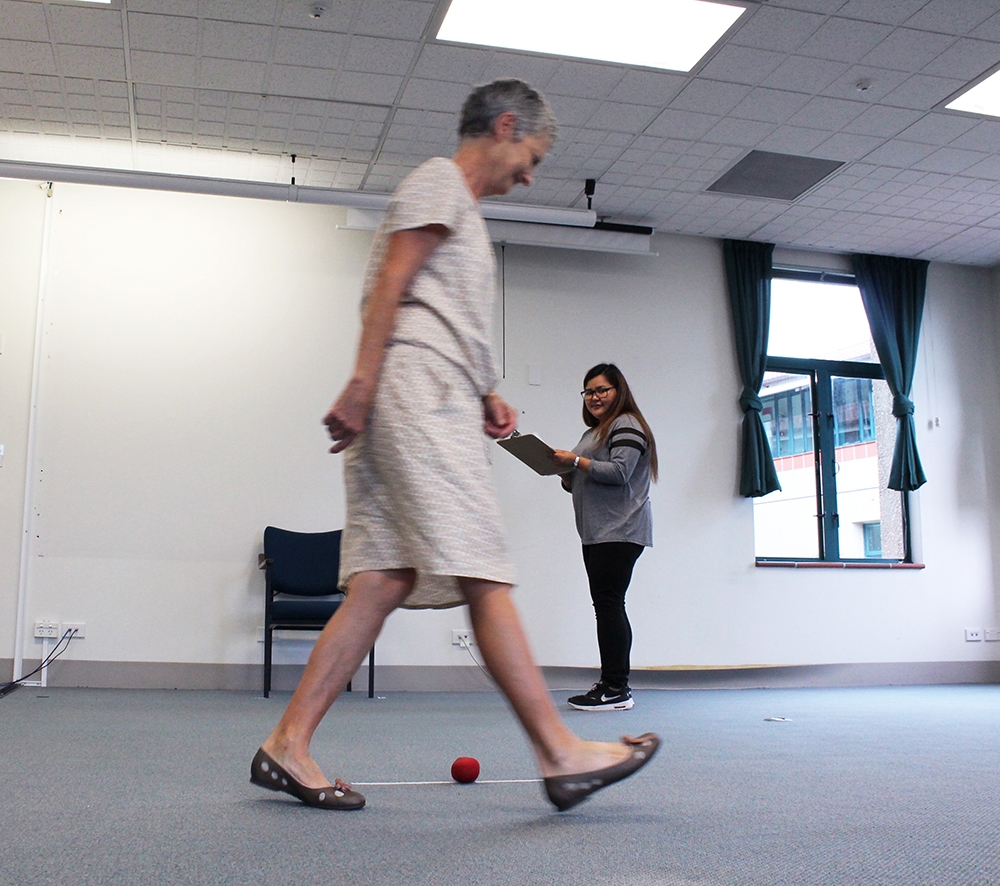
The Timed Up and Go test (TUG) measures a person’s mobility and requires both static and dynamic balance. Participants were instructed to sit down with their back against the back of the chair and their arms in the arm rests. They were then instructed to walk to a line on the floor (three metres away), walk around a small ball on the ground, walk back to the chair, and sit down. Participants were told to move at their normal, comfortable walking pace.
Functional Reach
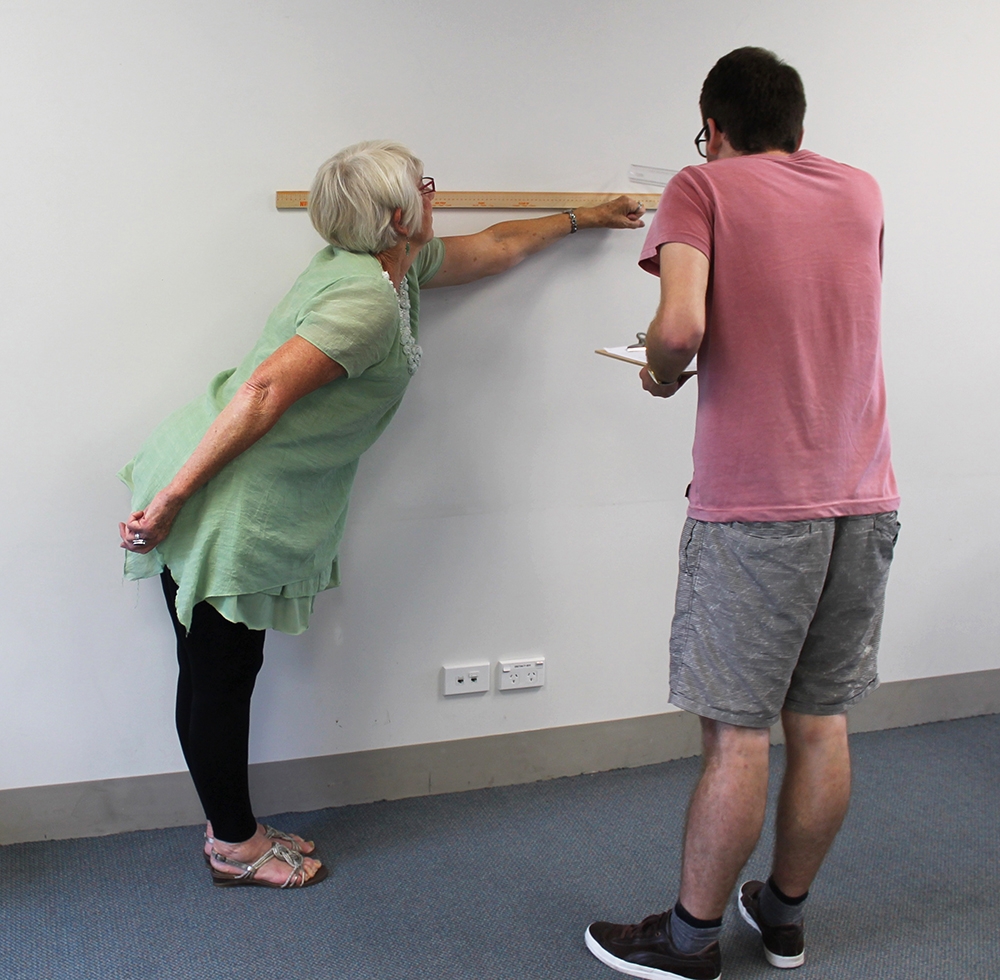
The function reach test assesses stability by measuring the maximum distance an individual can reach forward while standing in a fixed position. Participants were instructed to stand close to, but not touching, the wall and position the arm that is closer to the wall at 90 degrees of shoulder flexion with a closed fist. Their starting position was recorded at the 3rd metacarpal. Participants were then instructed to reach as far forward as they could without taking a step or twisting their body. The location of the 3rd metacarpal was recorded again, and the difference between the start and end position was their reach distance.
SF-36 Health Survey

Participants self reported their well-being with the standard Short Form 36 health survey (SF-36). The SF-36 is aimed at quantifying health status, and is often used as a measure of health-related quality of life. The eight health concepts, or scales, represented in the SF-36 are: physical functioning, bodily pain, role limitations due to physical health problems, role limitations due to personal or emotional problems, emotional well-being, social functioning, energy/fatigue, and general health perceptions.
Range of Motion: Upper Limb

Active range of motion (ROM) was measured using a universal goniometer, specifically shoulder (flexion, extension, abduction), elbow (extension) and wrist (flexion, extension). Participants were instructed to stay within a comfortable range of motion, and stop if experiencing any pain.
Cognitive Battery

Five cognitive variables (complex attention, cognitive flexibility, psychomotor speed, reaction time, and composite memory) were chosen to be measured with the CNS Vital Signs cognitive battery. The average of their domain scores make up the Neurocognition Index, a global score of neurocognition. Participants completed the test battery on a computer. The specific tests completed were: Verbal Memory Test (Composite memory), Visual Memory (Composite memory), Finger Tapping Test (Psychomotor Speed), Symbol Digit Coding (Psychomotor Speed), Stroop (Reaction time, complex attention, cognitive flexibility), Shifting Attention (complex attention, cognitive flexibility).
Blood Pressure and Heart Rate
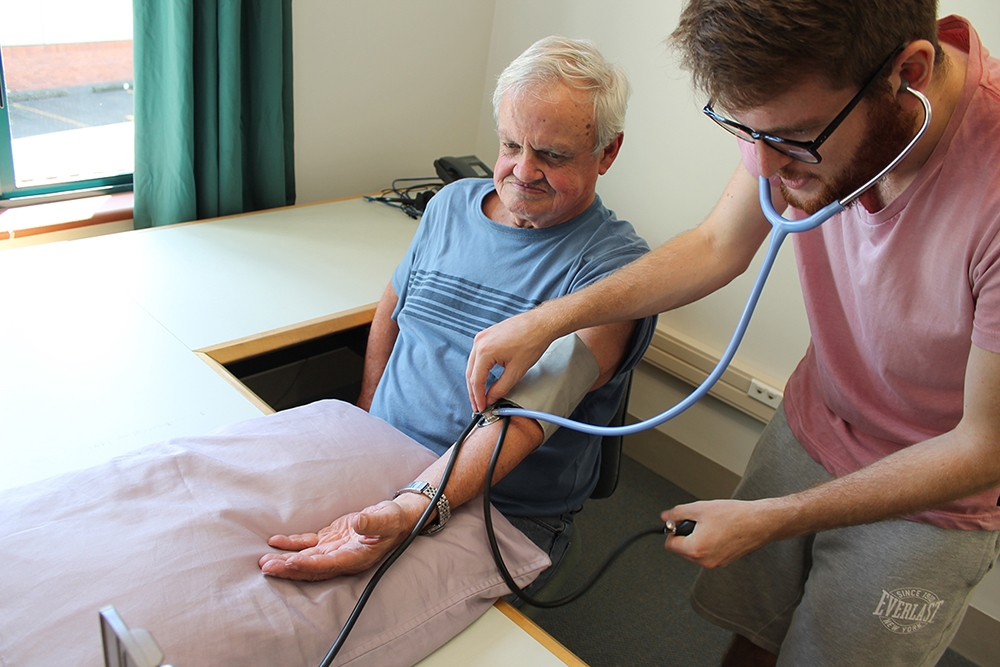

Blood pressure was measured with a standard sphygmamoteter and stethoscope, and heart rate was taken manually by using two fingers on the wrist to find the participant’s pulse, and counting the number of beats in 15 seconds.
Heinemann, A. (2010). Rehabilitation Measures Database. Rehabilitation Institute of Chicago, Center for Rehabilitation Outcomes Research, Northwestern University Feinberg School of Medicine, Department of Medical Social Sciences Informatics Group. Retrieved from http://www.rehabmeasures.org/

